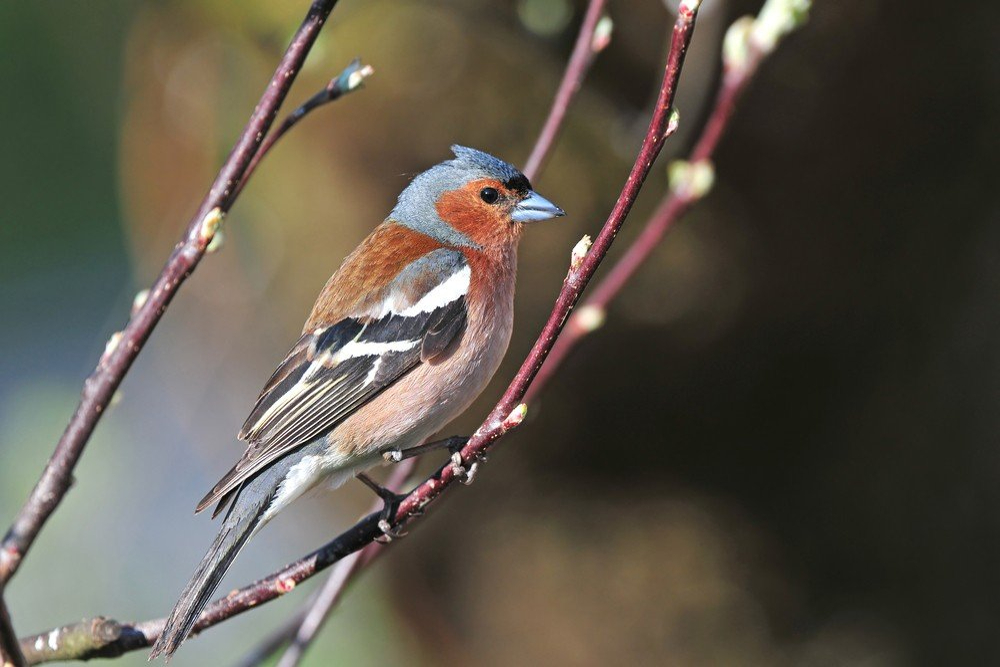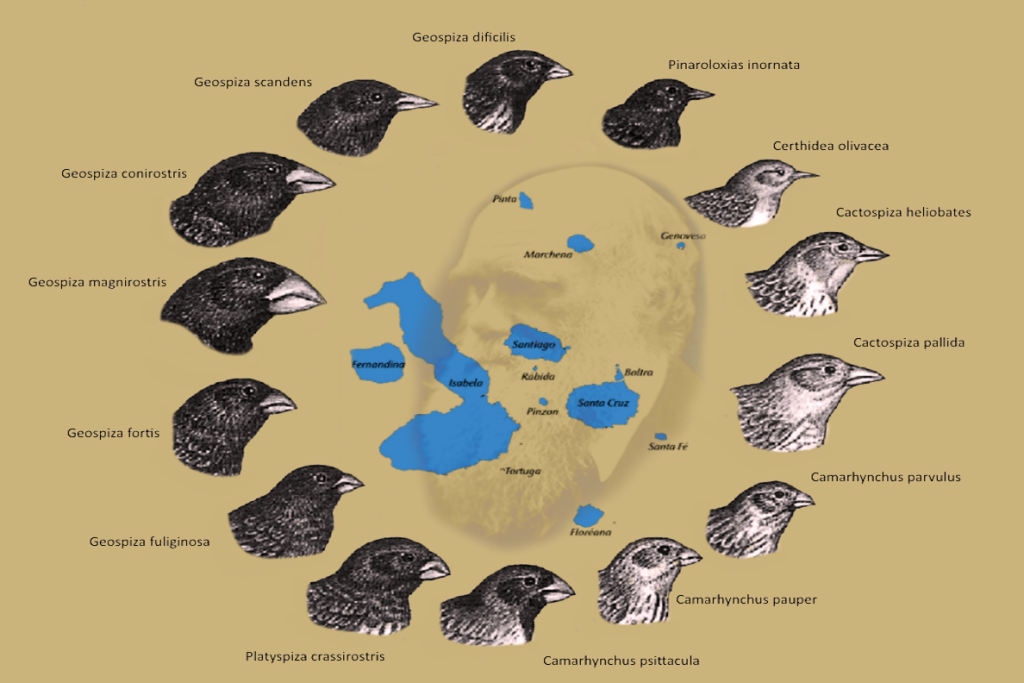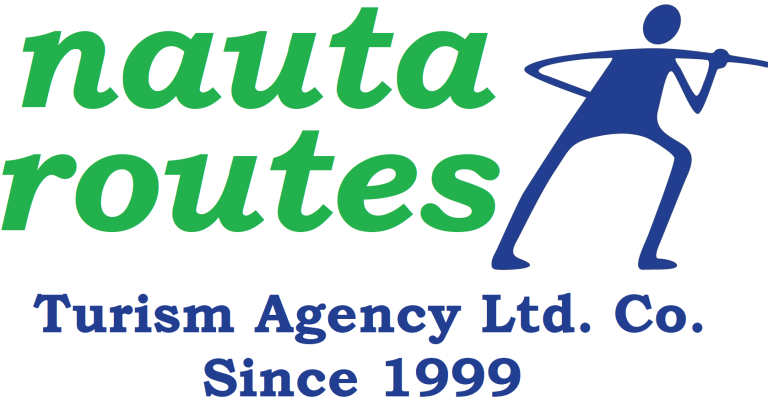Legend Itinerary
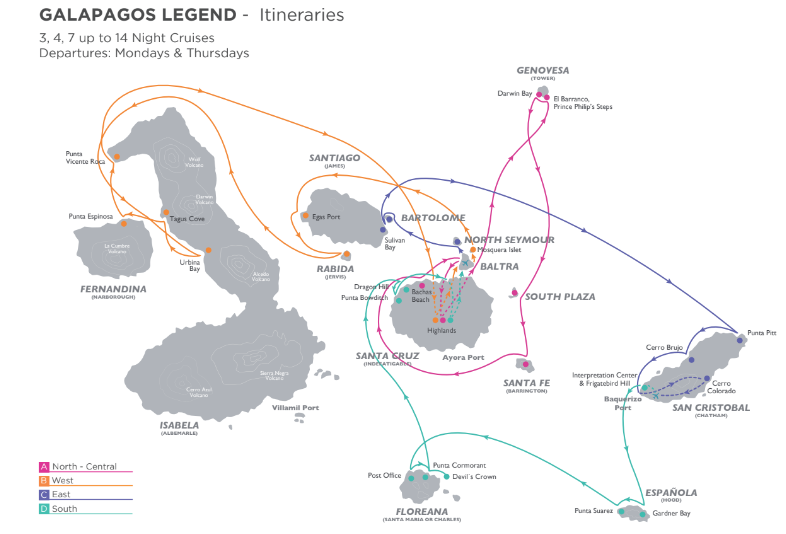
North-Central + West Itinerary
Monday – Day 1
AM – Baltra AirportDeparting from Quito or Guayaquil to Baltra Island in a 2:30 hour flight. Upon arrival in the Galapagos, passengers are picked up at the airport by our Natural Guides and taken to a 10-minute bus drive to the pier to board the M/V Galapagos Legend.
PM- Black Turtle Cove (Santa Cruz Island)
Here, we can find four species of mangrove in the extensive tidal lagoon system that stretches for almost a mile inland. During our dinghy ride through the labyrinth we will spot many turtles, herons of several species, sharks and rays. The experience is otherworldly and seems to transport us back to the beginning of time.
Highlights: Four species of mangrove, declared a “Turtle Sanctuary.” Disembarking: –
Physical Condition: low
Type of terrain: –
Activities: 1 hour 30 min dinghy ride

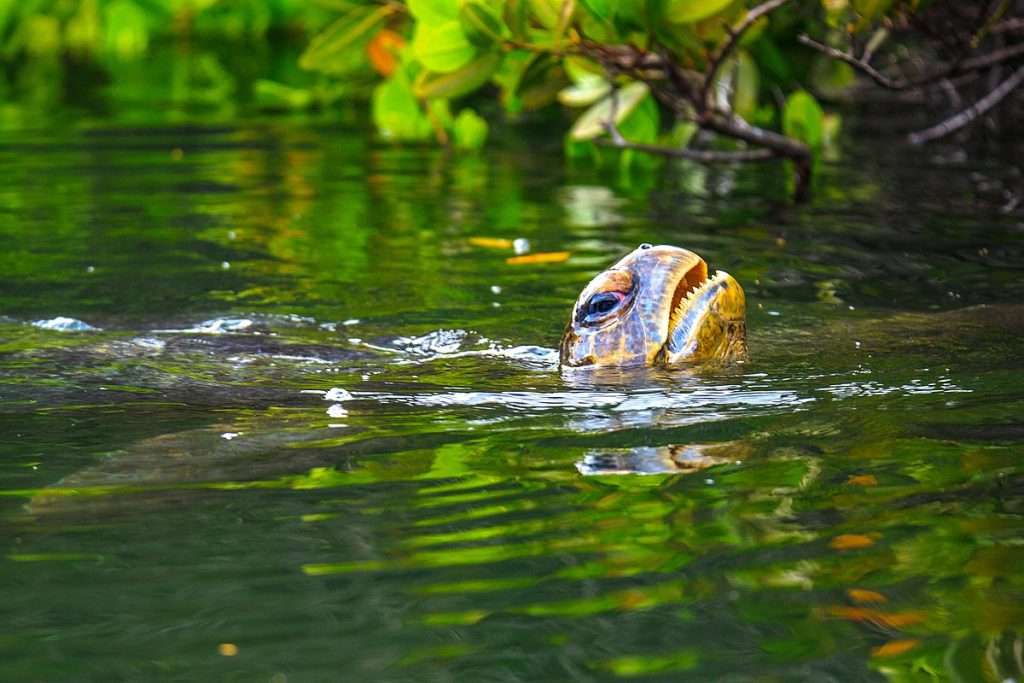
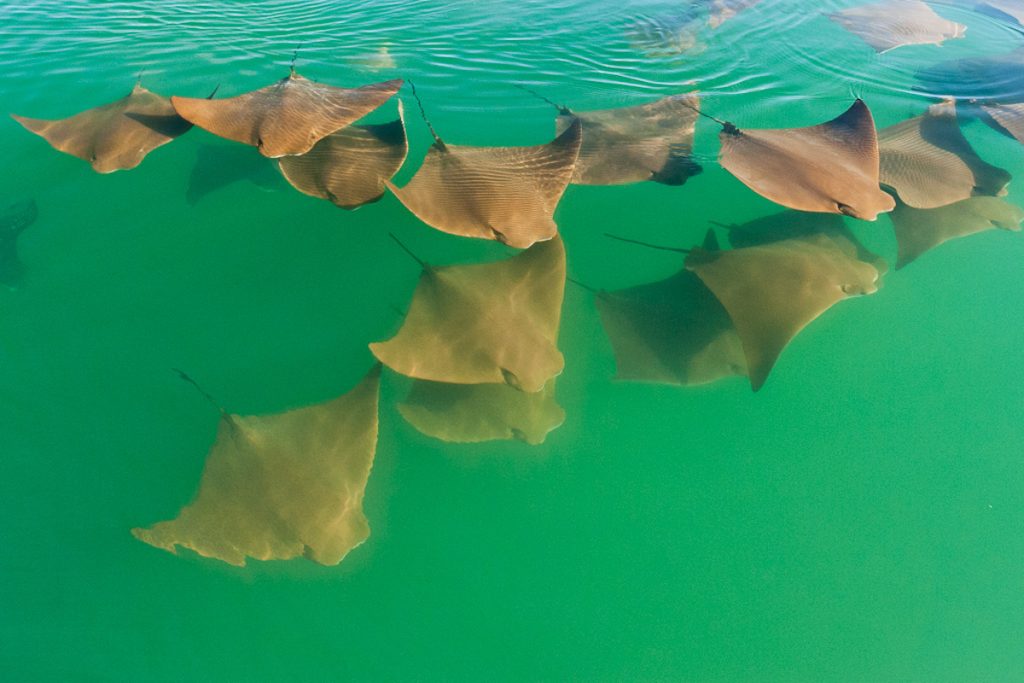
Tuesday — Day 2
AM – El Barranco, Prince Philip’s Steps (Genovesa Island)
Riding our dinghy to the far side of the caldera, red-billed tropicbirds display vociferously overhead while Galapagos fur seals can be seen on the shoreline. Once at the top of the rocky stairway we are immediately met by Nazca boobies, red-footed boobies, mockingbirds and finches that line our way through a palo santo forest until we arrive at an expansive open lava field. Wedge-rumped storm petrels swarm above the lava where we keep our eyes peeled for short-eared owls.Highlights: Dried lava field, red-footed bobbies, short-eared ow, Nazca boobies’ nesting site.Disembarking: dry landing
Physical Condition: medium
Type of terrain: rocky
Activities: 2-hour hike / 45-min dinghy ride
PM – Darwin Bay (Genovesa Island)
From within the flooded caldera of Tower Island we set foot onto a sandy beach to be greeted by swallow-tailed gulls often said to be the most beautiful gull in the world. Our short, flat, trail leads us past stands of mangroves and saltbush on which we have our best possible looks at nesting red-footed boobies and great frigatebirds. At the tidal lagoon we may also see the rarest gull in the world, our very own, endemic lava gull.
Highlights: Sandy coral beach, swallow-tailed and lava gulls, mockingbirds, yellow-crowned night herons.Disembarking: wet landing
Physical Condition: low
Type of terrain: sandy
Activities: 45 min kayaking / 45 min glass-bottom boat or 1-hour deep or beach snorkeling /
1 hour 15 min hike
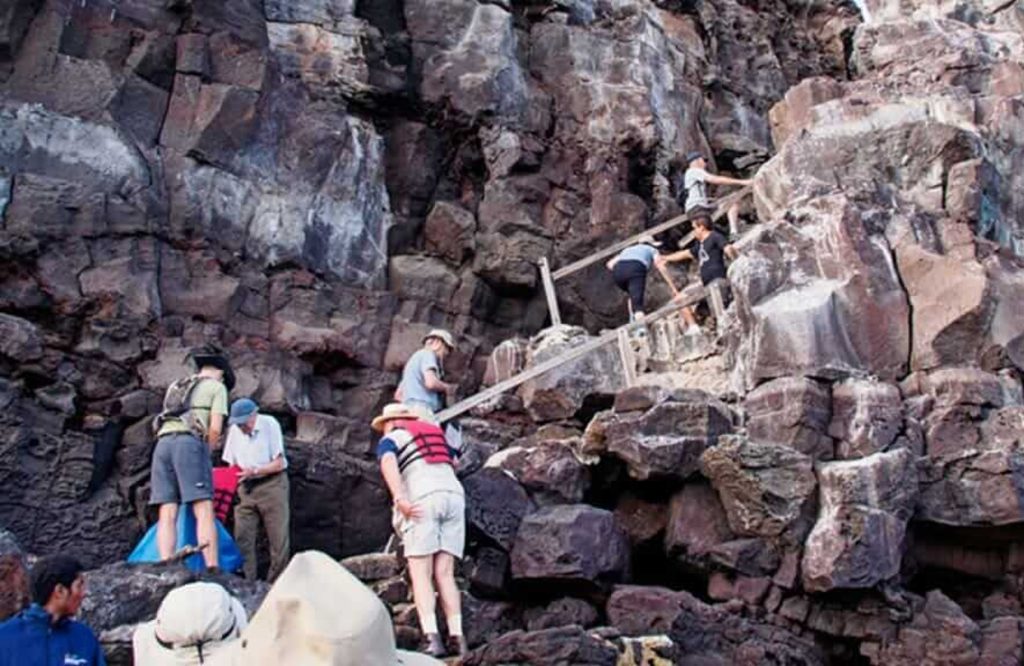
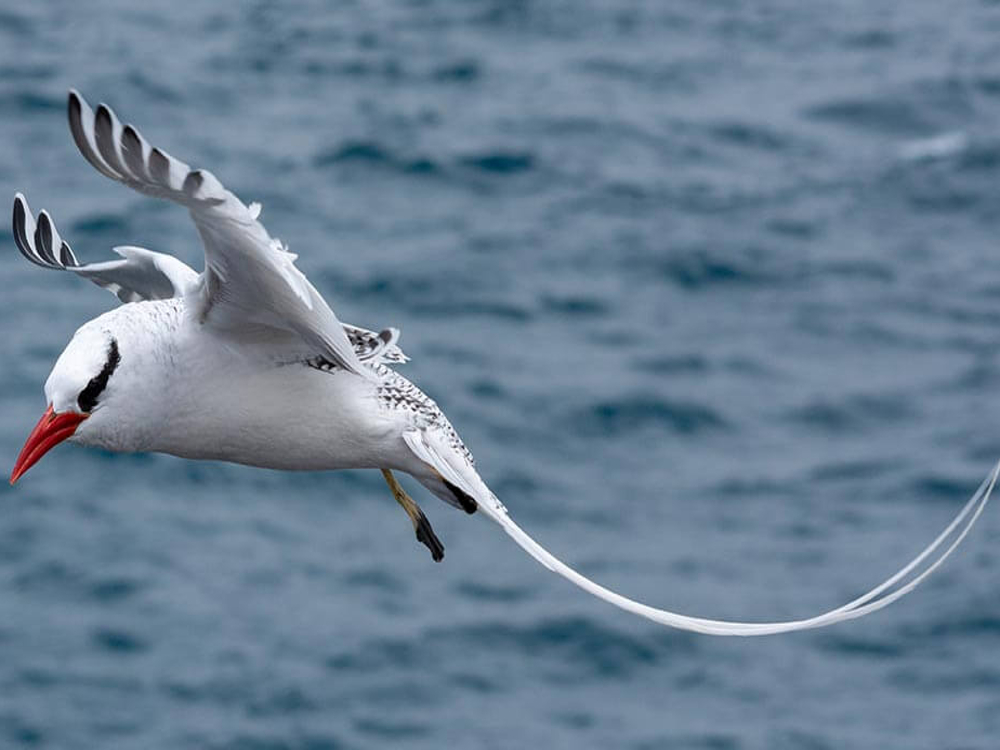
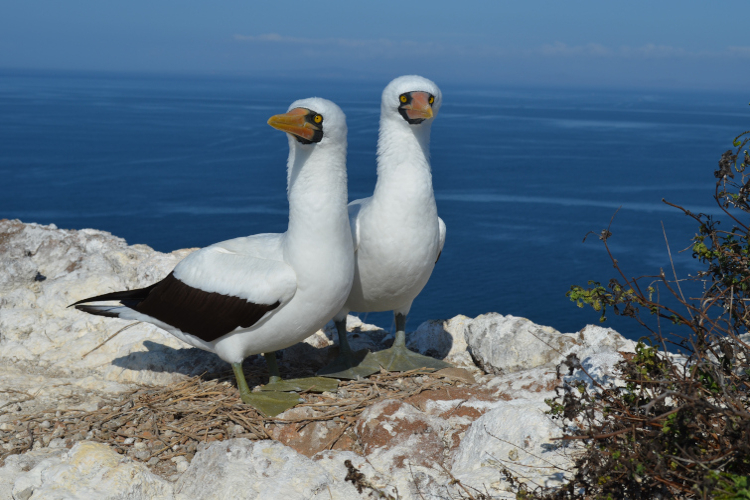
Wednesday — Day 3
AM – South Plaza Islet
Sea lions, swallow-tailed gulls and land iguanas are all present at the landing site. The small island is covered with a carpet of a red succulent studded with Opuntia cacti. At the cliff edge, we spend time watching birds fly past at eye level in the up draught. These include, frigatebirds, flocks of Galapagos shearwaters and of particular note, flights of displaying red-billed tropicbirds. Back at sea level, we once again encounter land iguanas, some of which have hybridized with their resident marine cousins.
Highlights: Large colony of sea lions, endemic cactus forest, land & marine iguanas, Nazca & blue-footed boobies, swallow-tailed gulls.
Disembarking: dry landing
Physical Condition: medium
Type of terrain: rocky
Activities: 2 hour 15 min hike
PM – Santa Fe Island
After a fabulous snorkel in the turquoise waters of the protected bay we may have enjoyed time with sea lions, turtles, reef sharks and spotted eagle rays. Landing onto a sandy beach we are immediately distracted by the abundant sea lions there with us. We begin a walk past a forest of island-endemic giant Opuntia cacti. Here we search for another island-endemic the Santa Fe land iguana, paler than its cousins on other islands. Galapagos hawks and even endemic rice rats are also things to look out for.
Highlights: Endemic Santa Fe land iguana, Galapagos hawk, mockingbirds, sea lions.
Disembarking: wet landing
Physical Condition: medium
Type of terrain: rocky
Activities: 30 min glass-bottom boat ride / 45 min kayaking / 1-hour hike / 1-hour deep snorkeling
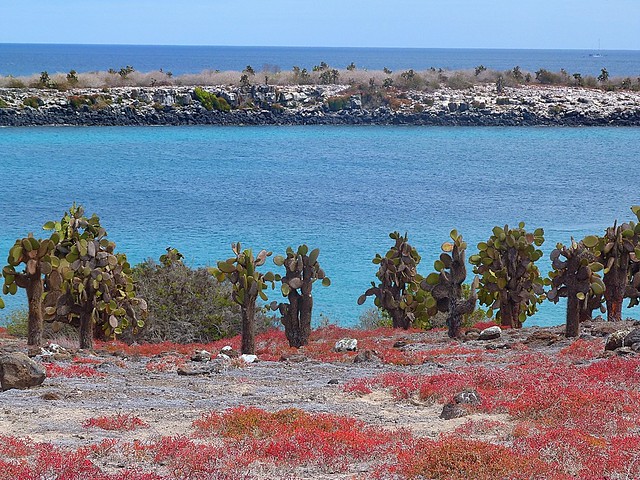
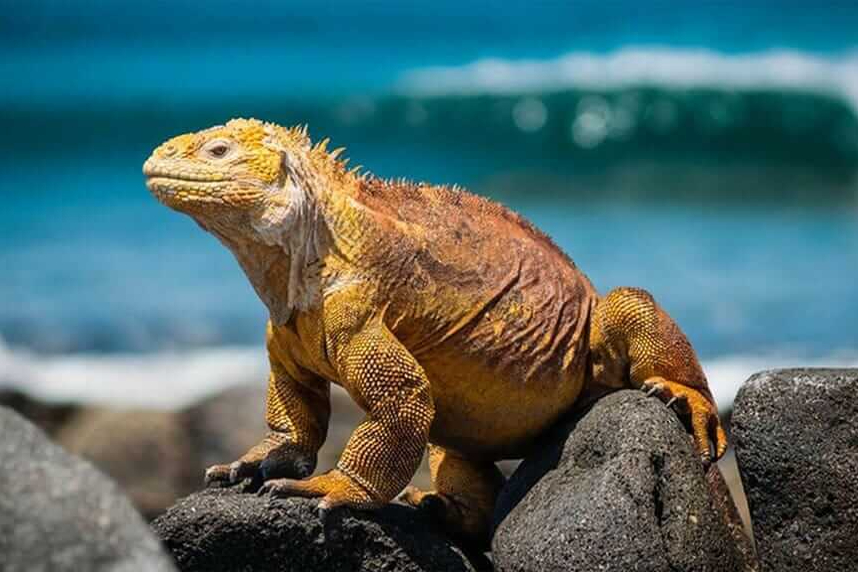
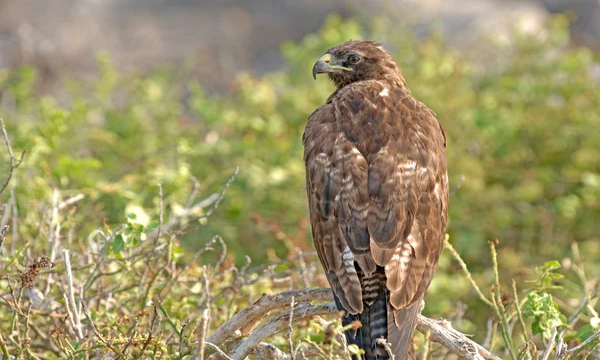
Thursday — Day 4
AM – Bachas Beach (Santa Cruz Island) & Charles Darwin Research Station (Santa Cruz Island)
Named for some wrecked World War II barges whose ribs are still visible in the sand this visitor site offers a lovely walk along the shore and a visit to a lagoon behind the high tide line with wading birds, marine iguanas and sometimes even flamingoes. The two beaches are also favorite nesting sites for green turtles which often leave tractor-like tracks in the sand.
Highlights: Giant tortoises, Darwin finches, pricky-pear cactus, Interpretation Center. / Giant tortoises, lava tubes, scalesia forest, Chato Reserve.
Disembarking: dry landing
Physical Condition: low
Type of terrain: flat
Activities: 2 hour bus ride round trip / 2 hour 30 min hike and visit
Charles Darwin Research Station
Once home to the famous Lonesome George, the last tortoise of the Pinta race, the breeding and relocation center is named in honor of his long-time guardian. The center is set in the Galapagos National Park Service where various interpretative buildings are available to visit. The grounds, with large stands of native vegetation, are one of the better places to spot some of the seldom seen Darwin’s finches such as the woodpecker, cactus and vegetarian finches.
Highlights: One of the main nesting sites of sea turtles, flamingoes, snorkeling to see sharks, rays.
Disembarking: wet landing
Physical condition: low
Type of terrain: sandy
Activities: 1-hour hike / beach time
PM – Mosquera Islet
This tiny, low lying islet, covered in coral sand, is set between North and South Seymour Islands. It is home to a group of sea lions that come to laze on the soft white sand. It is a good spot to observe shorebirds as well as herons, lava gulls and boobies. Snorkeling or diving here one can often see sharks, rays and barracudas.
Highlights: White sandy beach, large colony of sea lions.
Disembarking: wet landing
Physical Condition: low
Type of terrain: sandy
Activities: 1-hour hike / 1-hour beach snorkeling
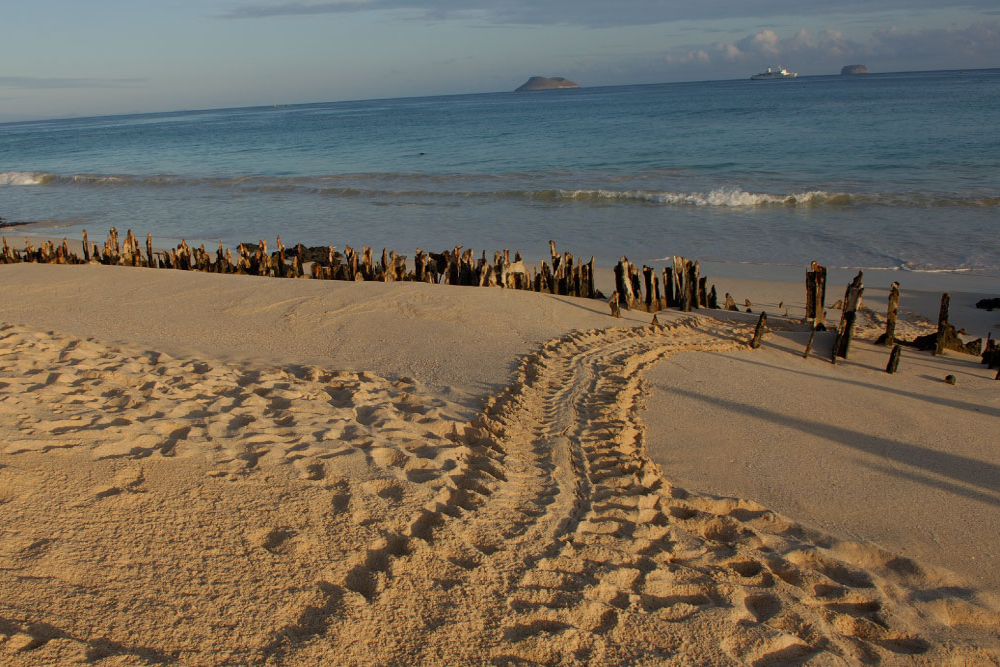
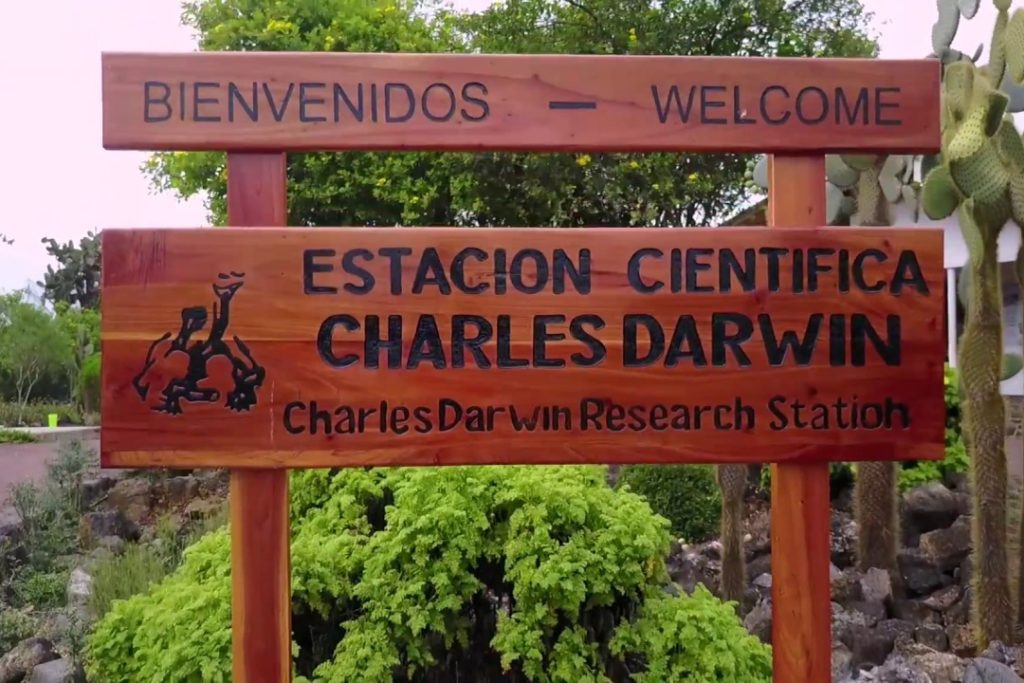
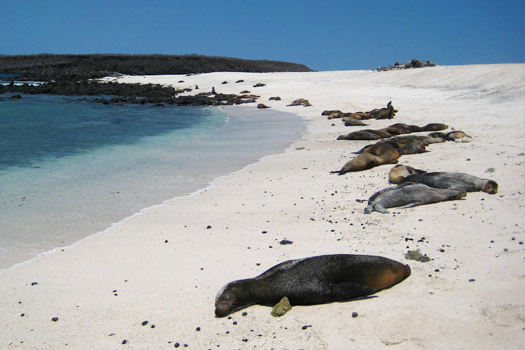
Friday – Day 5
AM – Egas Port (Santiago Island)
The black volcanic sand sets this landing apart from most. It is best known for the dramatic shoreline where we meet a host of species that chose to live between land and sea. Particular among these are the endemic Galapagos fur seals which maintain a small colony at the end of our walk. Other species of note include American oystercatchers, sea lions, waders, herons, lava lizards and even Galapagos hawks. An optional visit takes us to an abandoned salt mine famous in its day for supplying salt to mainland Ecuador.
Highlights: Landscape comprised of tuff cone, volcanic ash, and petrified lava flows, Galapagos fur seal.
Disembarking: wet landing
Physical Condition: medium
Type of terrain: flat & semi-rocky
Activities: 2 hour 15 min hike / 1 hour 30 min beach snorkeling
PM – Rabida Island
Lying at the heart of the archipelago this dramatic island, with its distinctive red-sand beach, is home to sea lions, mockingbirds, finches, endemic Galapagos doves and vermillion flycatchers. A walk takes us through a forest of palo santo and cacti to a beautiful overview of the bay. Snorkeling here can be excellent, often with large schools of black-striped salemas, sea lions and the ubiquitous turtles.
Highlights: Incredible landscape, Brown pelicans, nesting spots of seabirds, red sandy beach.
Disembarking: wet landing
Physical Condition: low
Type of terrain: sandy & grabble
Activities: 45 min kayaking / 1 hour bottom-glass boat or 1 hour deep or beach snorkeling / 1 hour 15 min hike
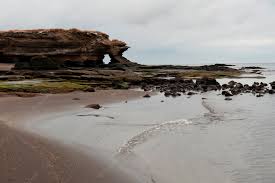
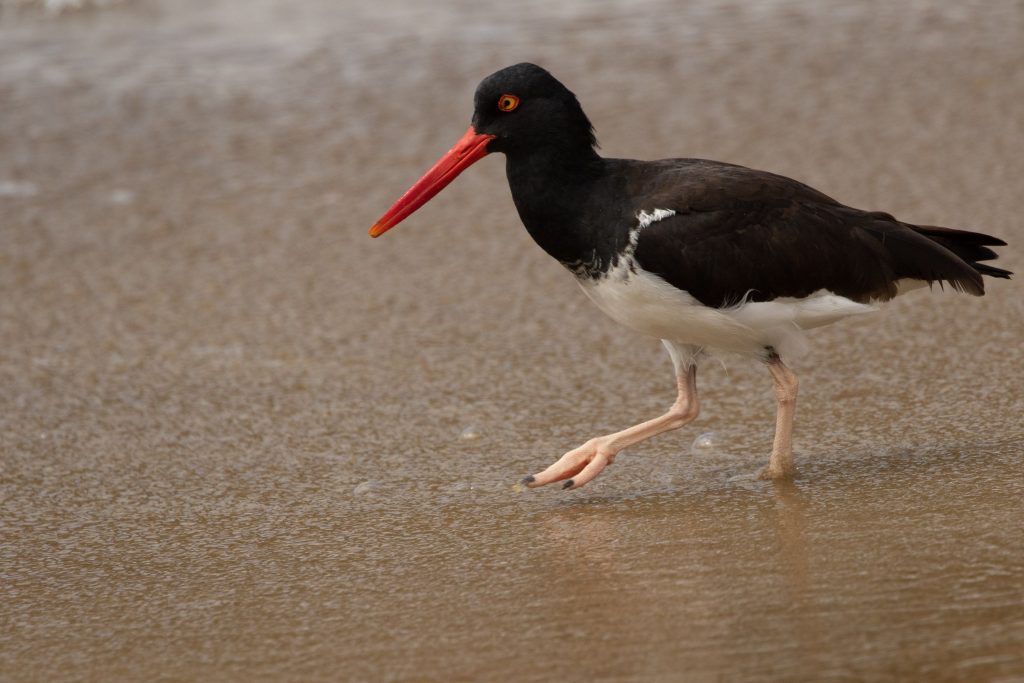
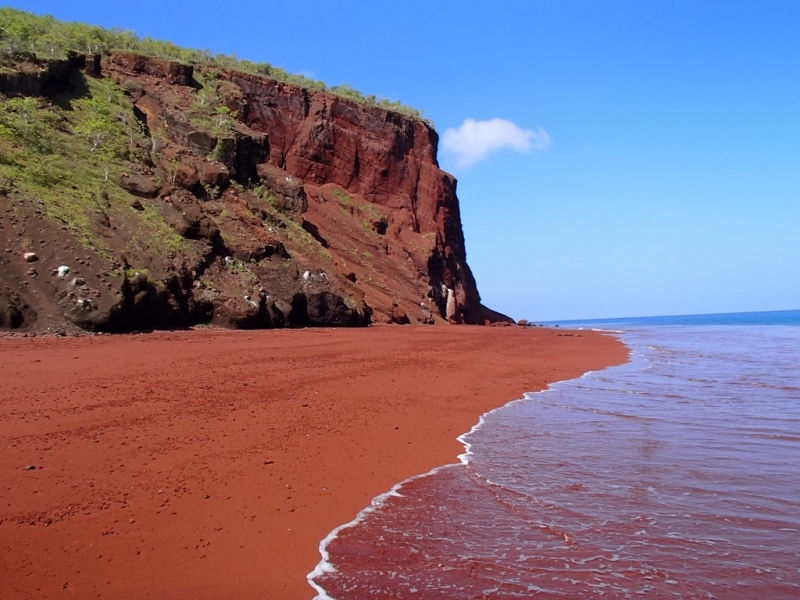
Saturday — Day 6
AM – Urbina Bay (Isabela Island)
At the far end of a long, level hike we arrive at a strange phenomenon where large blocks of coral lie completely exposed after a dramatic geological uplift in 1954. Located at the western base of Alcedo Volcano we hope to run into a few very impressive land iguanas as well as some of the volcano´s endemic Galapagos giant tortoises during the wet season.
Highlights: land iguanas, giant tortoises, seabirds, flightless cormorants.
Disembarking: wet landing
Physical Condition: low
Type of terrain: flat
Activities: 1 hour 45 min hike / 1 hour beach snorkeling
PM – Tagus Cove (Isabela Island)
A well-known hideout and deep-water anchorage in the days of pirates, Tagus Cove was also one of the few sites visited by Charles Darwin and the HMS Beagle in 1835. A beautiful hike leads us past an overview of Darwin Lake and on to a stunning volcanic landscape revealing Isabela island´s dramatic northern volcanoes. Once back at sea level the perfect activity is to snorkel along a submerged wall with turtles, lots of fish, penguins and potentially flightless cormorants. You might even be tempted by a dinghy ride or kayak!
Highlights: Pirates’ history, calm waters, seabirds, blue-footed boobies, Brown noddy-terns, flightless cormorants, Galapagos penguin (seasonal), marine iguanas.
Disembarking: dry landing
Physical Condition: medium
Type of terrain: steep & eroded tuff
Activities: 1 hour hike / 45 min dinghy ride / 45 min kayaking / 1 hour glass-bottom boat / 1 hour deep water snorkeling
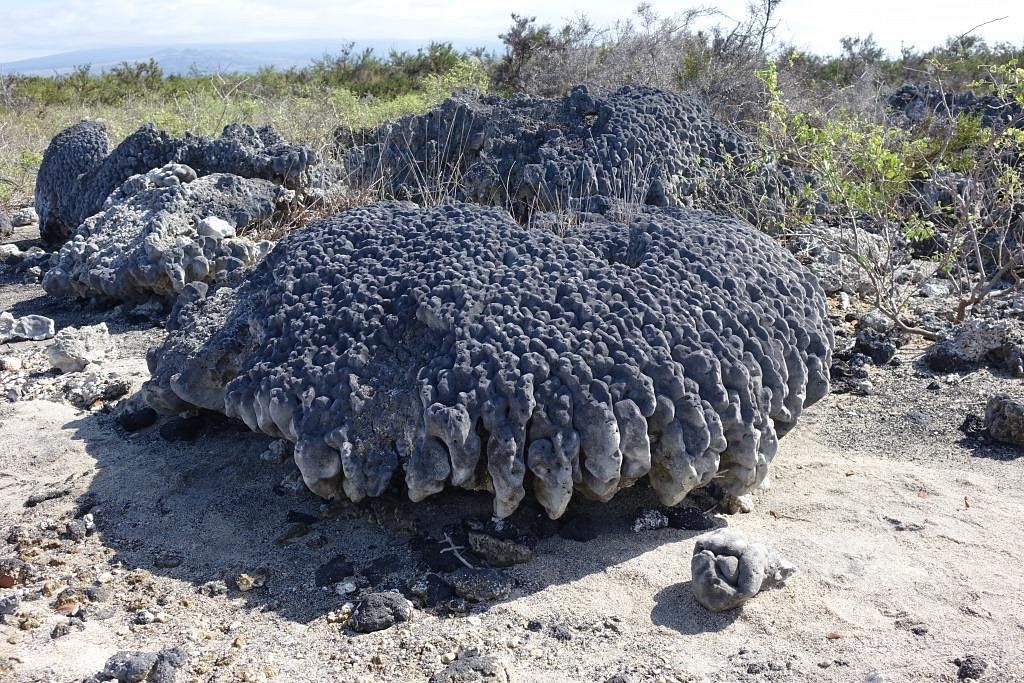
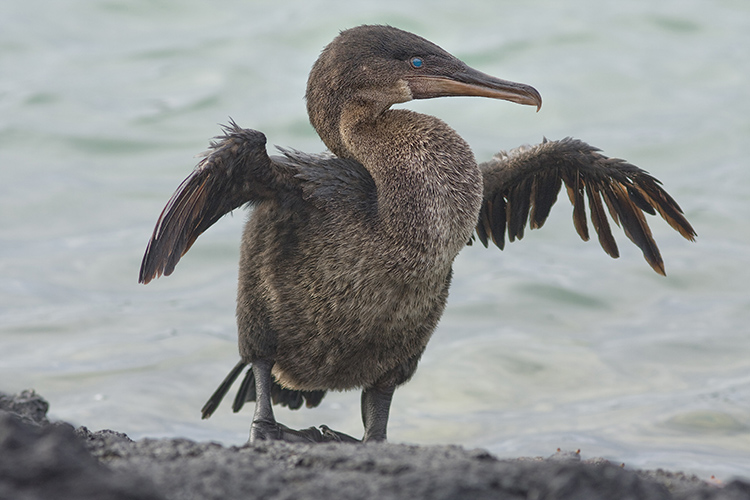
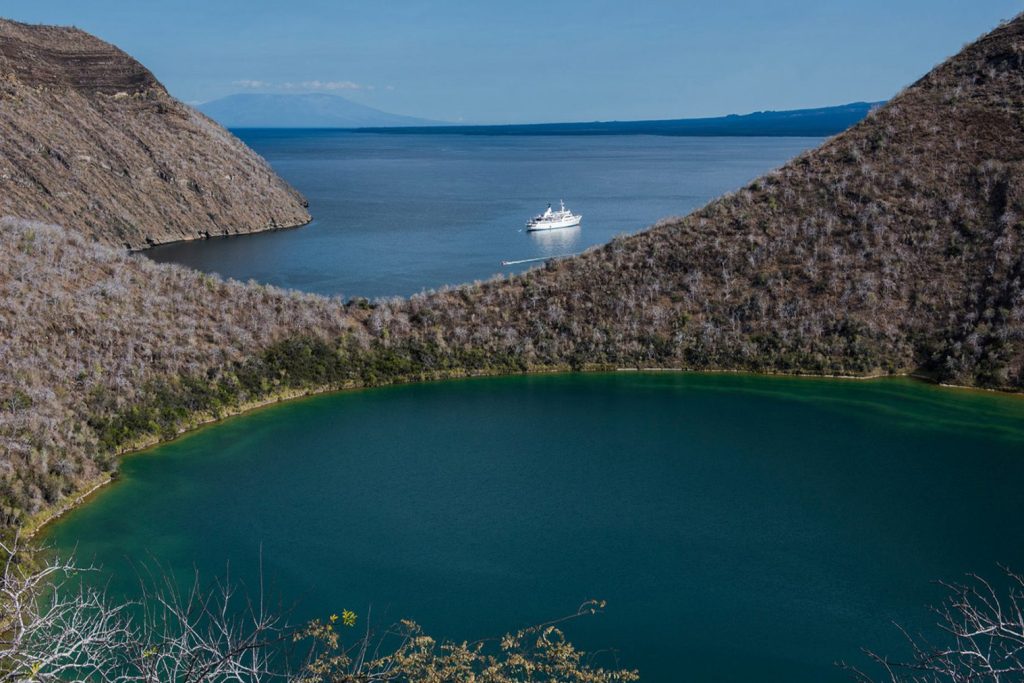
Sunday – Day 7
AM – Punta Espinosa (Fernandina Island)
The youngest island of Galapagos and one of the most pristine in the world. Fernandina is simply the ‘marine iguana capital of the world´, This desolate volcanic backdrop is home to a huge concentration of these enigmatic reptiles. Incongruously, sharing the same shoreline, we can find the diminutive Galapagos penguins. Here we also have the exciting opportunity to snorkel with marine iguanas feeding underwater, penguins, turtles and the bizarre, endemic, flightless cormorants.
Highlights: Largest colony of marine iguanas, whales (seasonal), pahoehoe and AA lava formations, endemic lava cactus.
Disembarking: dry landing
Physical Condition: medium
Type of terrain: rocky & lava
Activities: 1 hour 45 min hike / 45 min glass-bottom boat or 45 min deep snorkeling
PM – Punta Vicente Roca (Isabela Island)
This is a spectacular visitor site, surrounded by immense cliffs of the eroded volcano. Studded with resting sea birds such as brown noddies and Nazca boobies, we will enjoy them in close proximity from our dinghies. Snorkeling here is superb, with certain species of fish only found in the west of the archipelago. We also have a very real chance of swimming with penguins and potentially a plethora of green turtles.
Highlights: one of the richest marine havens, marine turtles, sunfish, rays, landscapes, seabirds, blue-footed boobies, frigatebirds, flightless cormorants.
Disembarking: –
Physical Condition: low / high
Type of terrain: –
Activities: 1 hour glass-bottom boat or 1 hour deep snorkeling / 1 hour 15 min dinghy ride
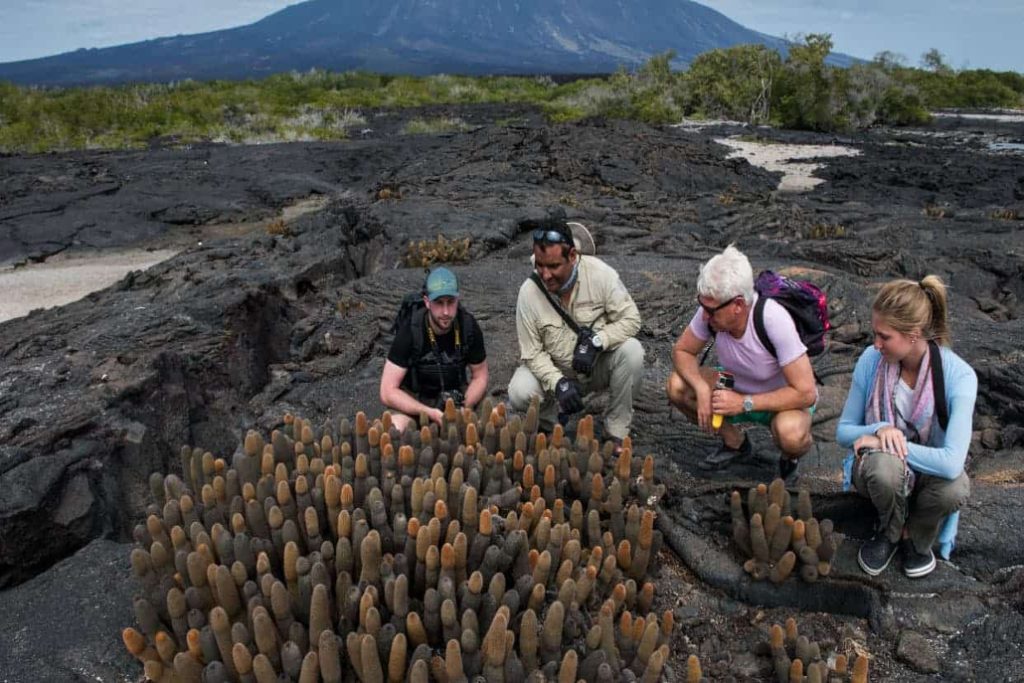
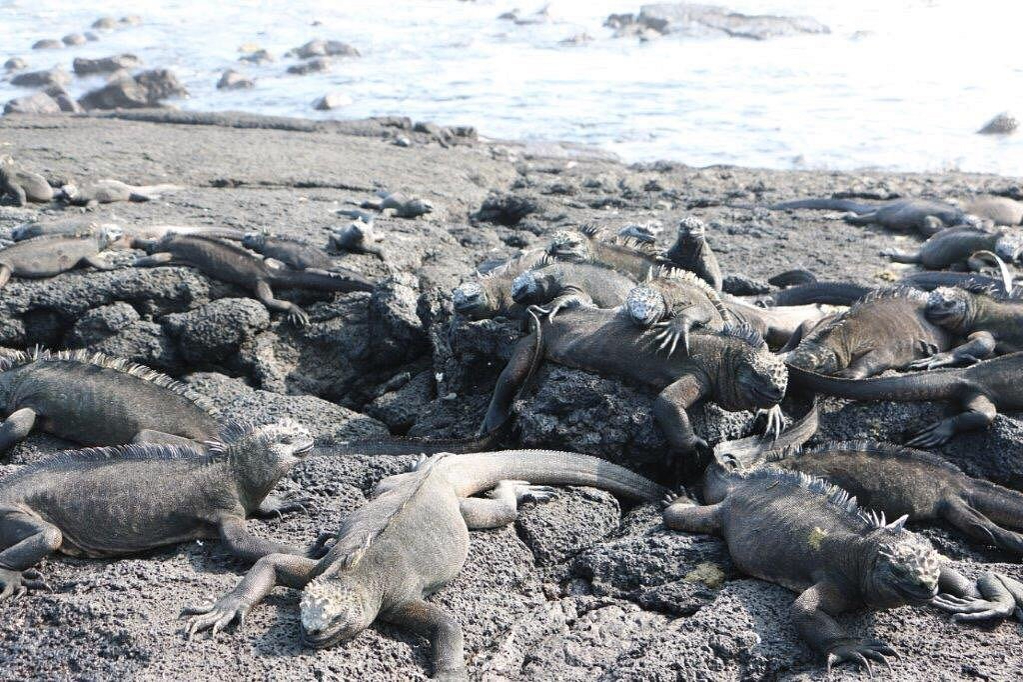
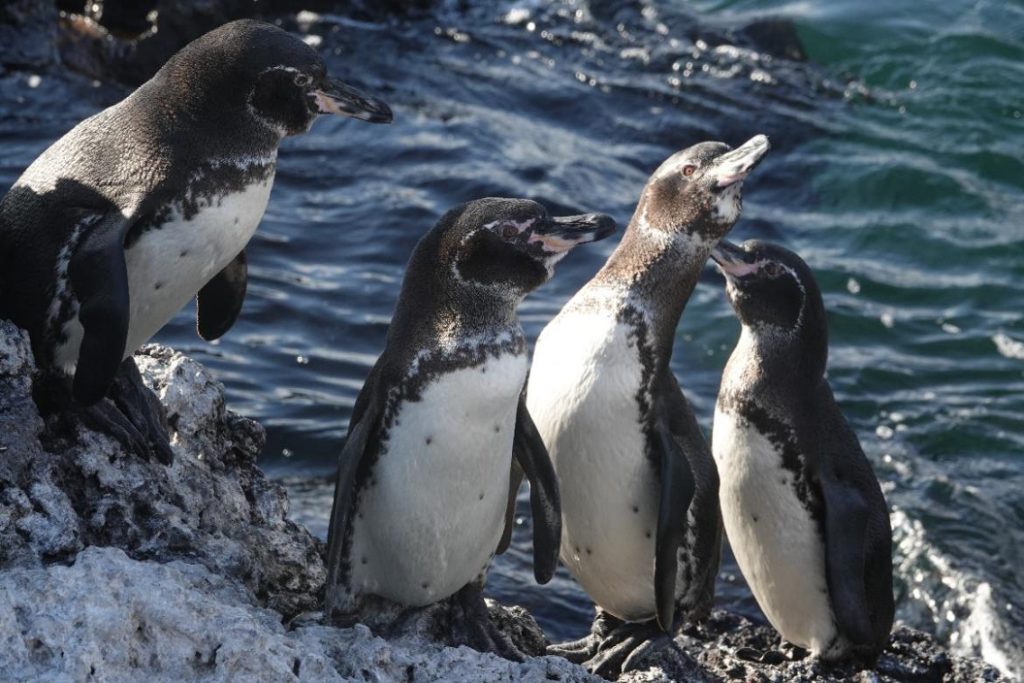
Monday — Day 8
AM – Highlands Tortoise Reserve (Santa Cruz Island)
In the central highlands of Santa Cruz Island, we have our best opportunity to interact at close quarters with totally wild, Galapagos giant tortoises. A short walk among these huge, 600lb, reptiles will also offer the chance for more highland species, especially several species of the famed finches.
Highlights: Giant tortoises, tree & ground Darwin finches.
Disembarking: dry landing
Physical Condition: low
Baltra Island Airport
After the visit passengers will be transferred to the airport for their return flight to Guayaquil or Quito.

